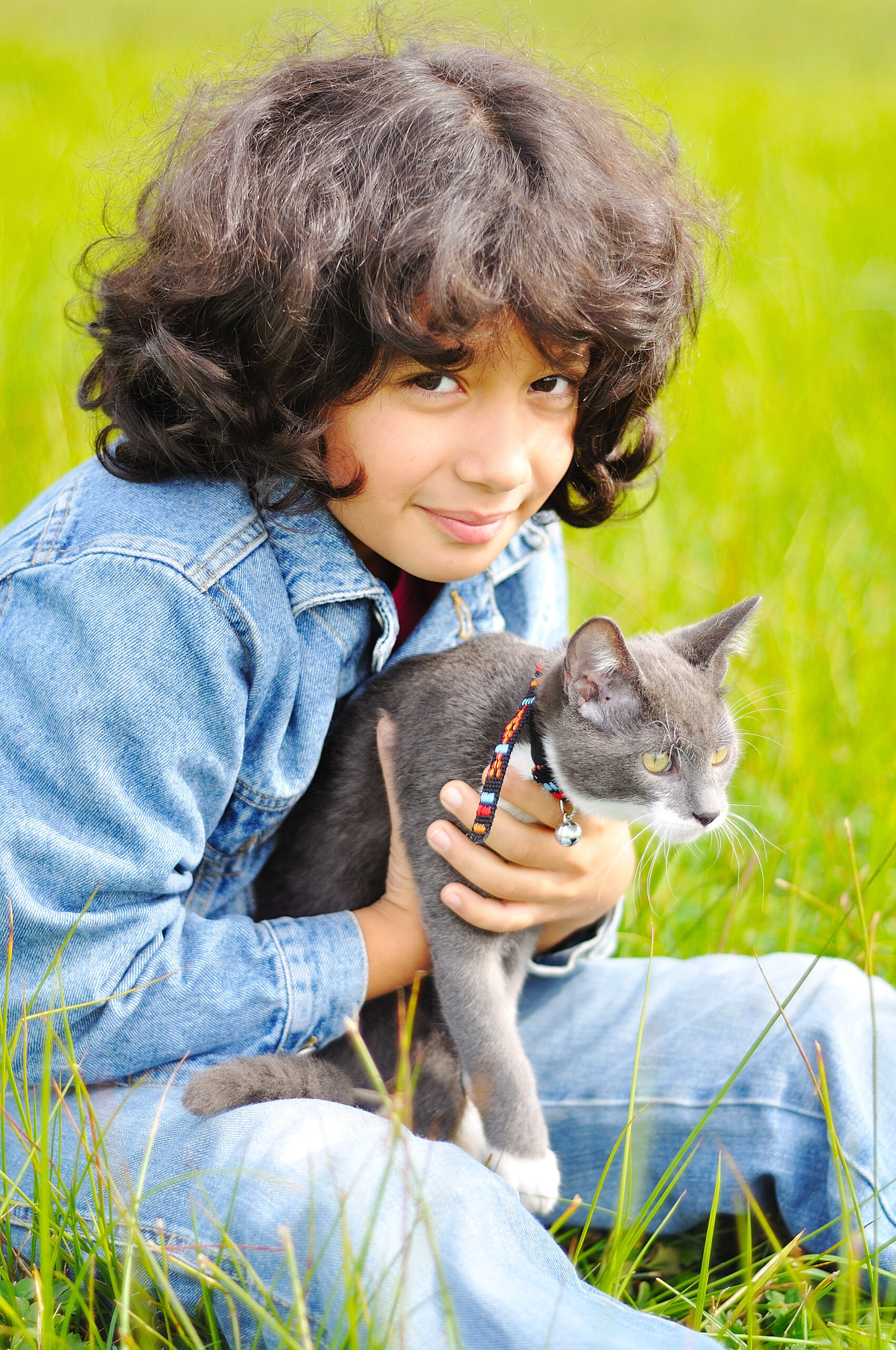Cats are fascinating creatures that can be mysterious at times. They have their own unique personalities, quirks, and behaviors that often leave us scratching our heads in confusion. In this article, we will explore five common cat behaviors and how you can understand them better.
Introduction to Common Cat Behaviors
One of the most important things to remember when it comes to understanding your feline friend is that cats are individuals with distinct personalities. Just like humans, they may exhibit certain traits more prominently than others. However, there are some general behavior patterns that many cats share. These include:
1. Aggression – Cats may display aggressive behavior towards people or other animals if they feel threatened or anxious. This could involve hissing, growling, swiping, or biting.
2. Meowing and Other Sounds – Cats use a variety of sounds to communicate with us, including meows, purrs, chirps, and growls. Learning what these different sounds mean can help you understand your cat’s needs and emotions better.
3. Scratching and Clawing – Scratching and clawing is a natural behavior for cats as it helps them maintain healthy nails and mark their territory. It’s essential to provide your cat with appropriate scratching surfaces to prevent damage to furniture and household items.
4. Toilet Training Your Cat – Litter box basics are crucial for keeping your cat happy and healthy. Make sure to choose the right litter, keep the box clean, and locate it in an easily accessible area.
5. Playtime with Your Feline Friend – Playtime is vital for your cat’s physical and mental well-being. Provide plenty of toys and engage in play sessions regularly to strengthen your bond and give your cat an outlet for exercise and stimulation.
Understanding Aggression in Cats
Aggression is one of the most common concerns among cat owners. If your cat displays aggressive behavior towards people or other animals, it’s essential to identify the cause and address it appropriately. Some possible reasons for aggression include fear, anxiety, pain, territoriality, or overstimulation. Consider scheduling a visit with your veterinarian to rule out any underlying medical issues and discuss strategies for managing your cat’s behavior.
Exploring the Meaning of Meowing and Other Sounds
Meowing is perhaps the most recognizable sound made by cats, but it’s not always easy to interpret its meaning. A loud, insistent meow might indicate that your cat wants food or attention, while a soft, plaintive mew might signal distress or discomfort. Pay close attention to the context and tone of your cat’s vocalizations to gain insight into their needs and emotions.
The Importance of Scratching and Clawing
Scratching and clawing is a normal part of a cat’s behavior, but it can also cause significant damage to furniture and household items. By providing your cat with appropriate scratching surfaces, such as a designated scratching post or pad, you can redirect their scratching behavior away from unwanted areas.
Toilet Training Your Cat: Litter Box Basics
Litter box training is critical for keeping your cat healthy and content. Choose a location that’s easily accessible and private, provide enough litter boxes (one per cat plus one extra), and make sure to scoop daily and replace litter frequently.
Playtime with Your Feline Friend
Playtime is essential for your cat’s physical and mental well-being. Provide plenty of toys, including both interactive and solo options, and engage in regular play sessions to strengthen your bond and give your cat an outlet for exercise and stimulation.
Socializing Your Cat with Other Animals and People
While cats are typically solitary animals, socialization can help them develop confidence and adaptability around new situations and environments. Gradually expose your cat to new experiences and introduce them to new animals or people slowly and calmly.
Healthy Eating Habits for Your Cat
A balanced diet is key to keeping your cat healthy and thriving. Offer a high-quality commercial cat food, avoid table scraps, and monitor portion sizes to ensure optimal weight maintenance.

Signs of Illness or Discomfort in Cats
As with all animals, cats may show signs of illness or discomfort through changes in behavior or appearance. Keep an eye out for symptoms such as lethargy, loss of appetite, vomiting, diarrhea, sneezing, or runny eyes/noses. Consult with your vet promptly if you notice any concerning signs.
Conclusion: Tips for a Happy, Healthy Cat
By understanding your cat’s behavior and meeting their basic needs, you can create a safe, comfortable environment where they can thrive. Remember to schedule routine checkups with your vet, offer plenty of opportunities for play and enrichment, and shower your furry companion with love and affection.


